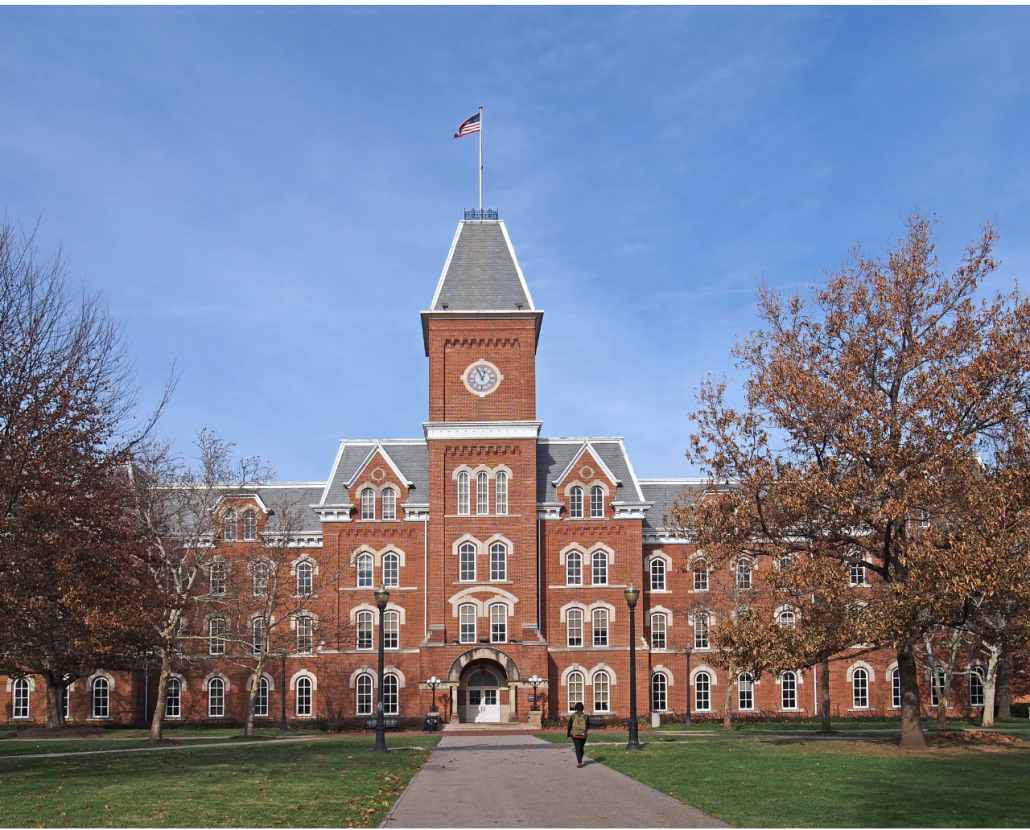IB Vs AP: Expert Opinion on the Best Option 2023

IB vs AP: WHICH IS THE BETTER OPTION?
Both are placement programs, but take different formats and for different situations. People who take AP have a reason – probably because they are Americans. Those who take IB too have their own reasons which we will break down in this blog. The IB vs AP duel suffices mostly in the US, along with Canada, where AP is actually offered.
IB, on the other hand, is a global program with an international outlook. That of course does not deduct the fact that AP credits are compatible with universities in over 60 countries across the world. Americans have a big decision to make, as the rest of the world embraces IB as the only & acceptable international university placement program.
Small History of IB vs AP

IB
International Baccalaureate (IB) was established in the year 1968 by the IBO, a non-for-profit group of scholars, primarily to offer standardized international education.
The IB Diploma, the highest level in the program, was introduced with an aim of “providing an internationally acceptable university admissions qualification suitable for the growing mobile population of young people whose parents were part of the world of diplomacy, international and multinational organizations.”
IB was initially conceived in Geneva, Switzerland, but has since spread its wings across the world, gaining global approval. The program is now practiced in over 150 countries across the world. IB is still headquartered in Geneva with the Global Center for the Americas region situated in Washington DC, the United States.
AP
The Advanced Placement (AP) program is actually considered as an exam for transitioning to university, since nothing matters in AP as the exam.
AP traces its roots to the United States and was developed by the College Board, a non-profit organization, in the 1950s. The primary goal was to provide high school students with college-level courses and exams to demonstrate their readiness for higher education.
AP exams are conducted on a placement basis for students in grades 11 and 12, to prepare the students for college studies. Credits earned from AP in high school are sometimes forwarded to the university to alleviate credit scores.
Structure of IB

IB has four programs for learners aged 3-19. These are the Primary Years Program, the Middle Years Program, the Diploma Program, and the Career-related Program. The Diploma Program is the most common, taken up by students around the world who seek international university placement.
IB Diploma is structured into core components, subject groups, assessment, and the Creativity, Activity, and Service program (CAS).
The three subject components are the Theory of Knowledge, Extended Essay, and the Creative, Activity, and Service (CAS) project. These three are compulsory. The student is expected to deliver a TOK essay and exhibition as part of Theory of Knowledge.
The Extended Essay is a 4000-word essay on a topic of choice. CAS, on the other hand, is a long-term project lasting from the beginning of the IB Diploma all the way to the end. While the CAS is not graded, it is a mandatory requirement for IB Diploma.
Students are also mandated to select six subjects from the various subject groups. Internal assessment (exams) are tested on these subjects. The extended essay is also based on these subjects. It is advisable to select topic combinations with your eyes cast at the university. Pick the subjects you plan to major in for higher education.
Structure of the AP

AP is not as complex as IB. Apart from the AP Capstone project, everything else is tested at the exam. Interestingly, there is no requirement to take the AP course in order to sit for the AP exams. The important thing is to register for these exams quite early.
AP Capstone project consists of seminar or research which have deliverables to hand in at the close of the AP exams. AP exams are done in May before the summer break. Once scores from these exams become ready, students get a chance to send them to their preferred universities for placement. Here is the exam schedule for 2024.
Criticism of the AP Program

The AP program has been here for a while, and all this time concerns have been raised regarding the quality of this program:
Emphasis on Memorization: Critics argue that AP courses often focus on memorization and test preparation, rather than fostering critical thinking, problem-solving, and deep understanding of the subject matter. The heavy reliance on multiple-choice exams can encourage rote learning.
Variable Quality: The quality of AP courses can vary significantly from school to school and even from one teacher to another. Some AP courses may be rigorous and well-taught, while others may fall short of providing a college-level experience, leading to inconsistent outcomes for students.
Focus on Test Scores: The emphasis on AP exam scores can overshadow the true purpose of education, which is to foster a love for learning and develop a well-rounded, informed individual. Critics argue that the pressure to achieve high test scores can lead to a “teach to the test” mentality.
College Credit Challenges: Despite the promise of college credit, not all colleges and universities accept AP credits, and some may only accept them for certain subjects. This can be frustrating for students who took AP courses with the expectation of receiving college credit.
Exclusivity and Elitism: Some critics contend that the AP program perpetuates elitism by creating an academic hierarchy where students who take AP courses are seen as superior to those who do not. This can lead to feelings of exclusion and inferiority among students who do not participate in the program.
Advantages of the AP over IB

Subject-Specific Focus
The AP program is known for its subject-specific approach, allowing students to dive deep into their areas of interest. This can be particularly appealing for students who have a strong passion for specific subjects or career aspirations that require in-depth knowledge in particular fields. With AP, students can select courses that align perfectly with their academic and career goals, creating a tailored educational experience.
Flexibility in Course Selection
AP offers a high degree of flexibility when it comes to choosing courses. Students can pick and choose from a wide array of subjects, often based on their interests and strengths. This flexibility allows them to create a well-rounded education while specializing in areas they are most passionate about. In contrast, the IB program has a more rigid curriculum structure, which may not provide the same level of course selection freedom.
College Credit Opportunities
One of the standout advantages of the AP program is the opportunity to earn college credit through the successful completion of AP exams. Many colleges and universities across the United States and in other countries offer credit or advanced placement to students who score well on AP exams. This not only accelerates their academic progress but can also save them both time and money in the long run. IB, while internationally recognized, may not provide the same level of college credit opportunities as AP in some regions.
Focus on Exam Performance
AP is centered around end-of-course exams, which means that students primarily need to focus on their exam performance to earn college credit or advanced placement. This format can be advantageous for students who excel in exam-based assessments and feel more comfortable with this type of evaluation. In contrast, the IB program emphasizes continuous evaluation through various components, including extended essays, projects, and presentations, which may not suit everyone’s learning style.
Well-Established in the United States
For students in the United States, the AP program is well-established and widely recognized. Many high schools offer a range of AP courses, and colleges are familiar with the rigor and content of these courses. This strong presence makes it a seamless transition for students aspiring to attend U.S. colleges and universities.
Easier Integration with Extracurricular Activities
The flexible nature of AP courses allows students to better balance their academic commitments with extracurricular activities such as sports, clubs, or part-time jobs. This can be especially beneficial for students who want to maintain a well-rounded lifestyle during high school.
Why Choose IB

Before anything else, your decision to take the IB Diploma should be aimed at getting a global university placement. This applies for students who wish to study abroad, and a global program like IB would be highly useful.
Apart from this, IB has a myriad of other benefits:
A World of Opportunities:
The IB program offers a unique international perspective that goes beyond the boundaries of traditional education. It’s designed to equip students with a global mindset, making them well-prepared to thrive in an increasingly interconnected world. If you have a passion for exploring different cultures, languages, and global issues, IB can be an exciting choice.
A Holistic Approach:
Unlike other high school programs, IB doesn’t just focus on academic excellence. It emphasizes holistic development by requiring students to engage in Creativity, Activity, and Service (CAS) activities. This not only enriches your personal growth but also looks impressive on college applications. If you believe in the importance of well-rounded education, IB might be your ideal fit.
College and Career Advantages:
Many colleges and universities worldwide highly value the IB diploma. In addition to the advanced coursework, the program demonstrates your commitment to rigorous academics. It may even grant you college credits, allowing you to potentially graduate early or explore more advanced coursework in higher education.
I do hope that finally the IB vs AP rivalry is finally decided, and if not, you can consider reaching out. Choose your poison and do it wisely, as this is a lifetime and irreversible decision.
Needs help with similar assignment?
We are available 24x7 to deliver the best services and assignment ready within 3-4 hours? Order a custom-written, plagiarism-free paper


















